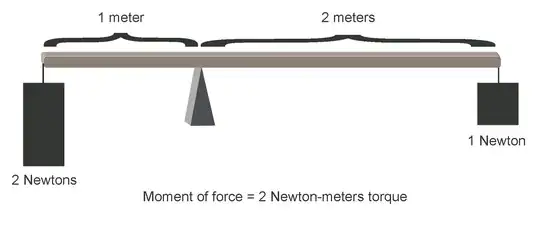One of the problems in my textbook is posed as follows. A two-dimensional stochastic continuous vector has the following density function:
$$ f_{X,Y}(x,y)= \begin{cases} 15xy^2 & \text{if 0 < x < 1 and 0 < y < x}\\ 0 & \text{otherwise}\\ \end{cases} $$
Show that the marginal density functions $f_X$ and $f_Y$ are:
$$ f_{X}(x)= \begin{cases} 5x^4 & \text{if 0 < x < 1}\\ 0 & \text{otherwise}\\ \end{cases} $$
$$ f_{Y}(y)= \begin{cases} \scriptsize{\frac{15}{2}}\normalsize y^2(1-y^2) & \text{if 0 < y < 1}\\ 0 & \text{otherwise}\\ \end{cases} $$
I understand how the density function $f_X$ is calculated, by integrating $f_{X,Y}$ from $0$ to $x$ with respect to $y$. I'm however totally lost on $f_Y$, where is the $(1-y^2)$ coming from? If I integrate from $0$ to $1$ with respect to $x$ then I only get $\scriptsize{\frac{15}{2}}\normalsize y^2$, and why is the range $0 < y < 1$?
I've graphed the support for $X,Y$, all values where $f_{X,Y}>0$ are colored blue:
